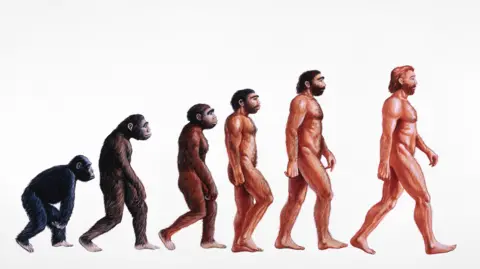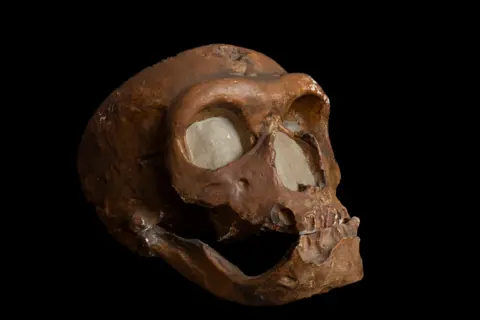Humans may not have survived without Neanderthals
-
Ivan Brown
- Estimated read time 2 min read
- December 13, 2024
Modern humans didn’t dominate the world in one smooth sweep out of Africa. Instead, they faced extinction multiple times before finally populating the globe, according to groundbreaking DNA studies. These insights also highlight the surprising role Neanderthals played in our eventual success.
For decades, the narrative portrayed Neanderthals as a species humans outcompeted and replaced after leaving Africa. However, new research reveals that humans who interbred with Neanderthals were the only ones to survive and thrive. Those without Neanderthal genes perished, while their interbred counterparts gained crucial advantages—like immunity to unfamiliar diseases.

DNA evidence pinpoints a pivotal moment 48,000 years ago when Homo sapiens interbred with Neanderthals after leaving Africa. Earlier migrations out of Africa failed, with those populations dying out entirely. Professor Johannes Krause of the Max Planck Institute says this reshapes how we view human history: “Modern humans are often seen as a story of unparalleled success, but early on, we went extinct multiple times.”
The study also reveals a period of setbacks even after successful interbreeding. The first groups of humans in Europe, who carried Neanderthal DNA, eventually died out around 40,000 years ago. However, their descendants had already spread worldwide. These globe-trotting pioneers later repopulated Europe.

This fresh perspective also reframes the Neanderthals’ extinction. Long-standing theories suggested humans hunted Neanderthals to extinction or outperformed them intellectually. But evidence now points to environmental challenges—dramatic climate instability—being a major factor. Professor Chris Stringer of the Natural History Museum explains, “If modern humans struggled to survive, it’s no surprise Neanderthals, with their smaller populations, couldn’t endure.”

Neanderthals did, however, leave a lasting legacy. Interbreeding transferred genetic traits that bolstered human adaptability. One critical contribution was immunity to new diseases, which likely helped humans survive in diverse environments outside Africa. “Neanderthal DNA may have been our evolutionary shortcut to surviving and thriving,” says Stringer.
Far from a seamless conquest, the story of modern humans is one of resilience, adaptation, and an unexpected debt to our ancient relatives.